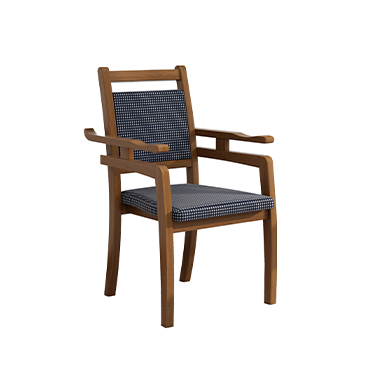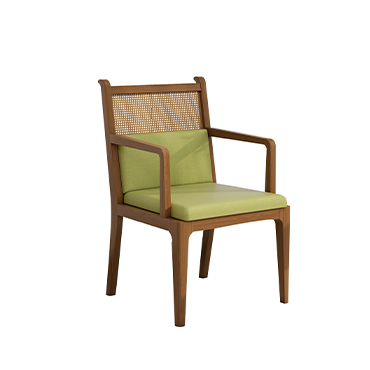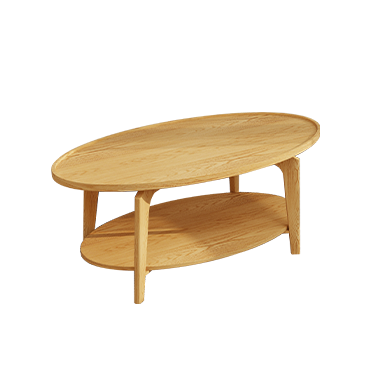Choosing the Right Materials for Elderly Furniture: Safety and Eco-Friendliness First
As global aging accelerates, more and more families are focusing on creating a safe, comfortable, and healthy home environment for the elderly. When selecting elderly-friendly furniture, material safety and eco-friendliness are key concerns. Choosing the right materials not only extends the furniture’s lifespan but also protects the health of seniors from the very beginning.
1.Prioritize Eco-Friendly Materials to Avoid Formaldehyde Hazards
Seniors often have more sensitive respiratory systems, making indoor air quality especially important. If furniture materials contain excessive formaldehyde, benzene, or other harmful substances, it can lead to dizziness, coughing, or even chronic health problems. Therefore, it’s essential to choose E0 or E1 grade eco-certified boards, and whenever possible, opt for water-based paint instead of traditional solvent-based coatings to reduce volatile organic compound (VOC) emissions.
2.Gentle Textures to Prevent Injury
Elderly furniture should use soft, smooth-to-the-touch materials, such as well-sanded solid wood, cushioned fabric, or leather. High-contact areas like armrests, seat edges, and tabletop corners should feature rounded designs to reduce the risk of accidental injury. Surfaces must be free of splinters, sharp edges, or burrs, which is a fundamental requirement in age-friendly design.
3.Anti-Slip and Antibacterial: Safety Meets Function
For areas prone to moisture, such as shoe-changing benches, bathroom cabinets, or shower chairs, materials should be water-resistant and non-slip, with anti-skid pads or treatments at the bottom. To reduce the risk of bacterial growth, surfaces should be made from antibacterial composite materials or designed for easy cleaning—especially important in bedrooms and bathrooms with higher hygiene demands.
4.Metal and Hardware: Strength and Safety Matter
For structural and adjustable components—like electric beds, lift tables, or assistive rails—metal fittings are often used. These hardware parts must be sturdy and durable, with attention paid to the smoothness of the surfaces to avoid cuts or scratches. All screws and joints should be secure, with no exposed or sharp parts.
5.Upholstered Materials: Focus on Flame Retardance and Breathability
For cushioned furniture such as recliners, massage chairs, or lift-assist chairs, select flame-retardant foam and skin-friendly fabrics that balance comfort with safety. The upholstery should also be breathable and wear-resistant, making it easy to clean and reducing odor and bacterial buildup.
Conclusion:
Choosing the right materials is the first step in building quality elderly furniture. Safety, comfort, and environmental health are not isolated goals—they are interwoven in every design decision. For every senior, well-being starts with “sitting safely and touching comfortably.”





